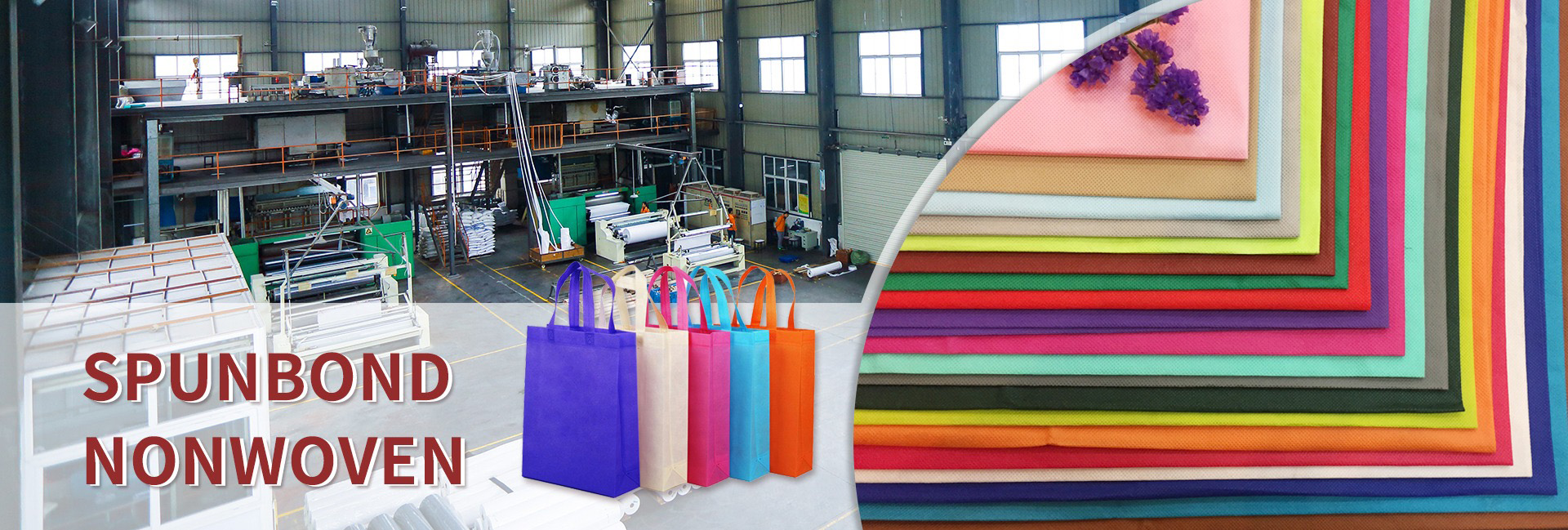Greening projects play a crucial role in urban construction and ecological restoration processes. However, its high cost often causes headaches for relevant departments and enterprises, especially for the construction and maintenance of slope lawns, which are costly from irrigation water to manual maintenance. However, there is a material quietly changing this situation – specialized non-woven fabric. Reasonable use of it can make the slope lawn lush with greenery and significantly reduce costs.
Characteristics of specialized non-woven fabric
Special non-woven fabrics used in greening projects are usually made from materials such as polypropylene and polyester fibers. It is lightweight, weighing only a few grams to tens of grams per square meter, but it is highly resilient and not easily damaged in wind and rain. Its unique microporous structure endows it with excellent breathability, allowing air to freely shuttle between lawns, allowing the grass roots to breathe freely and avoiding root rot caused by poor air circulation. Moreover, the transparency of non-woven fabric is just right, which can block some excessive ultraviolet rays, reduce damage to the lawn, and ensure that 80% -85% of the light passes through, meeting the photosynthesis needs of grass seeds. Even in areas with poor lighting conditions, the grass can grow vigorously.
Excellent water retention performance saves water resources
Water is a key resource for lawn maintenance. Traditional slope lawn irrigation can cause rapid loss of water due to slope inclination, resulting in water waste and increased maintenance costs. Specialized non-woven fabrics can showcase their skills here. Due to its excellent water retention performance, it is like a huge “sponge” that can effectively adsorb and store moisture. Research has shown that using specialized non-woven fabric to cover slope lawns can reduce soil moisture evaporation by 30% to 50%. During the dry season, the stored water can continue to provide nourishment for the grass and prolong the irrigation interval. For example, in some areas with low annual precipitation, slope lawns that originally needed to be irrigated 2-3 times a week can be maintained in good growth condition by using non-woven fabric and irrigating 1-2 times every two weeks, greatly saving water resources and irrigation costs.
Inhibiting weed growth and reducing labor costs
The competition between weeds and lawn grass for nutrients, water, and sunlight is a major challenge in the maintenance of slope lawns. Frequent weeding not only consumes manpower and resources, but the use of herbicides may also cause environmental pollution. Specialized non-woven fabric can effectively inhibit weed growth. It can prevent weed seeds from contacting the soil, making it difficult for them to germinate. At the same time, the non-woven fabric covering the lawn forms a physical barrier, making it difficult for weed seeds to break through and grow strong even if they manage to sprout. According to actual engineering cases, using specialized non-woven fabrics for slope lawns can reduce weed coverage by 70% -80%. This means that the frequency of manual weeding has been significantly reduced. Taking a medium-sized greening project as an example, tens of thousands of yuan in weeding labor costs can be saved annually.
Protecting soil and seeds to improve survival rate
In the early stage of slope greening, soil stability is poor, and grass seeds are easily washed away by rainwater and wind. Specialized non-woven fabric is like putting a layer of “protective clothing” on soil and seeds. It can effectively buffer the impact of rainwater on the slope, reduce soil erosion, and prevent soil erosion. In some newly excavated slopes with loose soil structure, laying non-woven fabric can reduce soil erosion by 60% -70%. For the sown grass seeds, non-woven fabric can fix them on the soil surface to avoid being blown away by the wind or pecked by birds, creating a stable environment for seed germination and significantly improving seed survival rate. According to relevant data, the germination rate of slope grass seeds covered with non-woven fabric can be increased by 20% -30% compared to uncovered areas, reducing the cost of grass seed replanting and accelerating the process of slope greening.
Environmentally friendly and biodegradable, in line with sustainable development
With the deepening of environmental protection concepts, greening projects have increasingly high requirements for material environmental friendliness. Many specialized non-woven fabrics are made of biodegradable materials, which will gradually decompose in the natural environment after a certain period of time, and will not remain for a long time like traditional plastic film, causing pollution to the soil and environment. This environmental characteristic not only meets the current requirements of sustainable development, but also avoids additional costs caused by cleaning up residual materials in the long run. Moreover, some biodegradable non-woven fabrics can provide certain nutrients to the soil during the decomposition process, promoting lawn growth.
In the context of high costs in greening projects, specialized non-woven fabrics provide an economical, efficient, and environmentally friendly solution for slope lawn maintenance. Its advantages in water retention, weed control, soil and seed protection, and environmental protection can save a lot of resources and funds for greening projects. Whether it is urban road slopes, highway slope protection, or slope greening in mining ecological restoration, specialized non-woven fabrics are worth widely promoting and applying to help create more beautiful, practical, and low-cost green landscapes.
Dongguan Liansheng Non woven Technology Co., Ltd. was established in May 2020. It is a large-scale non-woven fabric production enterprise integrating research and development, production, and sales. It can produce various colors of PP spunbond non-woven fabrics with a width of less than 3.2 meters from 9 grams to 300 grams.
Post time: Aug-20-2025

